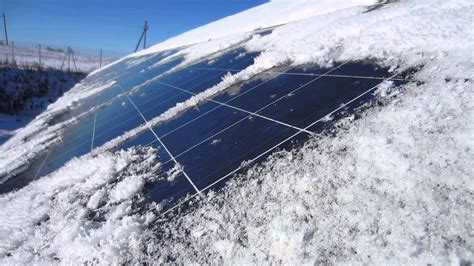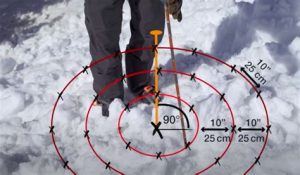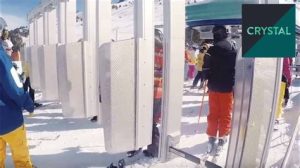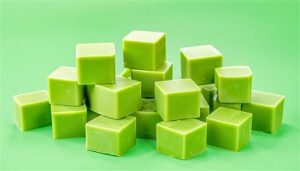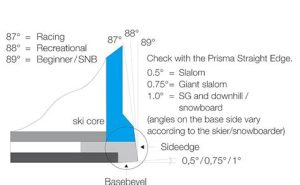Emergency Snow Melt Techniques Solar vs Body Heat Efficiency
Introduction:
In regions prone to heavy snowfall, the need for efficient snow melt techniques is paramount. Whether it’s for clearing driveways, walkways, or ensuring safe transportation routes, the ability to melt snow quickly and effectively is crucial. This article explores two emergency snow melt techniques: solar and body heat, and compares their efficiency in melting snow during extreme conditions.

I. Solar Snow Melting:
A. Solar Melting Process:
Solar snow melting involves the use of solar panels or photovoltaic (PV) systems to convert sunlight into electricity. This electricity is then used to power heating elements that melt the snow.
B. Efficiency of Solar Snow Melting:
1. Energy Source: Solar energy is abundant and renewable, making it an environmentally friendly option.
2. Efficiency: The efficiency of solar snow melting depends on various factors, including the intensity of sunlight, the angle of the solar panels, and the temperature of the snow.
3. Cost: Initially, the installation of solar panels can be expensive. However, over time, the cost of electricity generated from solar panels can be significantly lower than traditional energy sources.
II. Body Heat Snow Melting:
A. Body Heat Melting Process:
Body heat snow melting relies on the heat produced by humans or animals to melt snow. This technique is commonly used in emergency situations where other methods are not available.
B. Efficiency of Body Heat Snow Melting:
1. Energy Source: Body heat is a free and readily available energy source.
2. Efficiency: The efficiency of body heat snow melting depends on the number of people or animals present and their physical activity levels.
3. Limitations: This technique is limited by the number of people or animals available and the duration of their presence.
III. Comparison of Solar vs. Body Heat Snow Melting:
A. Energy Source:
– Solar: Renewable and abundant.
– Body Heat: Free and readily available but limited.
B. Efficiency:
– Solar: The efficiency of solar snow melting depends on various factors, including weather conditions and the quality of the solar panels.
– Body Heat: The efficiency of body heat snow melting is highly dependent on the number of people or animals present and their physical activity levels.
C. Cost:
– Solar: Initial installation cost can be high, but long-term savings can be significant.
– Body Heat: No direct cost associated with body heat snow melting, but it may require additional resources, such as food and shelter, for the people or animals involved.
Conclusion:
Both solar and body heat snow melting techniques have their advantages and limitations. In emergency situations, body heat may be a more immediate and accessible option. However, for long-term, sustainable snow melt solutions, solar snow melting offers a more efficient and cost-effective alternative. By understanding the differences between these two techniques, individuals and organizations can make informed decisions about the most suitable snow melt method for their specific needs.
